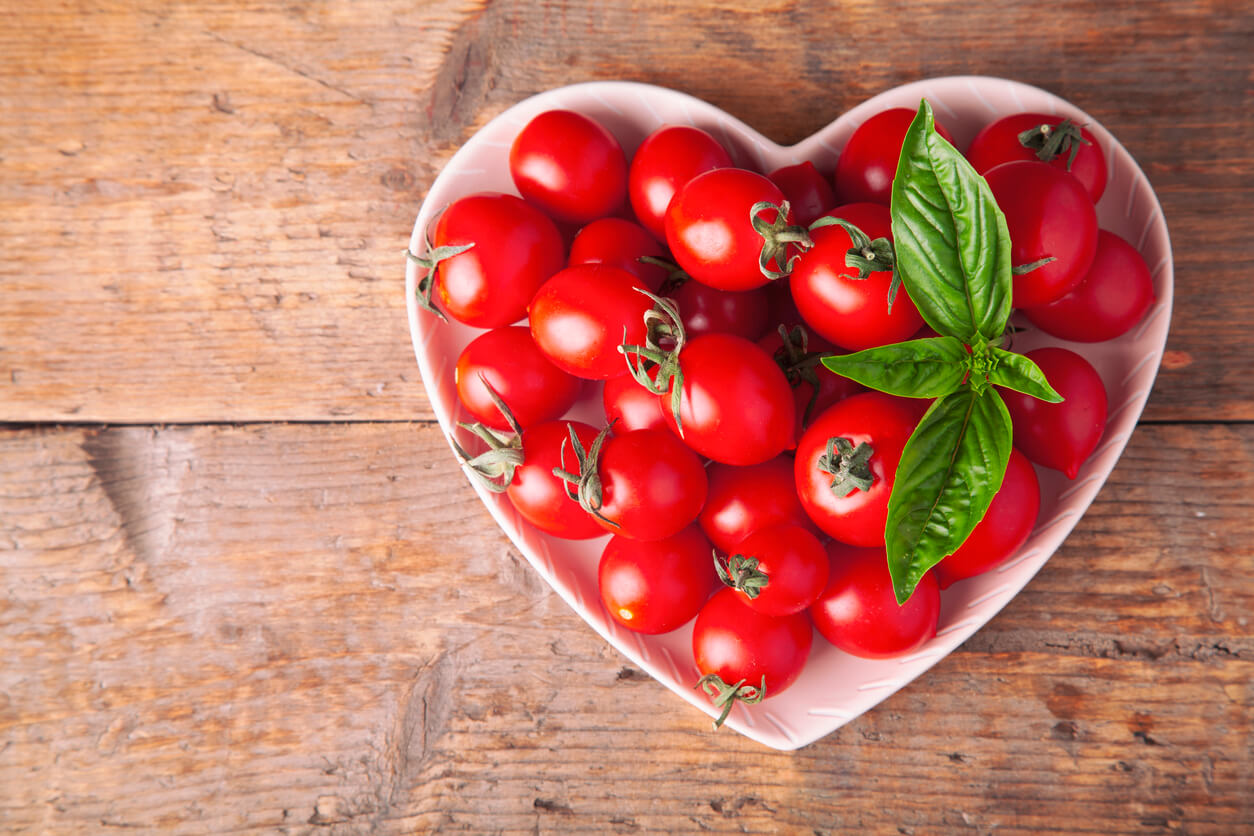
Just like in life, having good friends can make all the difference in the garden. When it comes to growing fruits and vegetables, some plants simply bring out the best in each other – they’re like peas in a pod, if you will. This is where companion planting comes in, a technique that involves strategically placing certain plants together to create a harmonious and thriving garden ecosystem.
Think of your garden as a lively neighborhood block party. Some neighbors get along famously, sharing resources and keeping an eye out for each other. Others, well, let’s just say they’re better off on opposite sides of the fence. Companion planting is all about finding the perfect match for your garden’s residents.
One interesting thing to note is that strongly-scented herbs often make fantastic companions. Herbs like basil, oregano, chives, and mint have powerful aromas that can confuse and deter pests, masking the scent of their companion plants. It’s like having a built-in security system for your garden!
So, which plants make the best companions? Here are ten dynamic duos that are sure to make your garden the talk of the town:
- Tomatoes & Basil: These two are the ultimate Italian power couple. Basil helps repel pests like whiteflies and aphids, enhances the flavor of tomatoes, and its strong scent can even mask the smell of the tomato plant, confusing pests.
- Carrots & Onions: Onions deter carrot flies, while carrots loosen the soil for onion bulbs. The scent of onions also confuses carrot flies, protecting your carrots from damage.
- Beans & Corn: Beans fix nitrogen in the soil, giving corn a nutrient boost. In return, corn provides a natural trellis for beans to climb. The Native Americans have long used this “Three Sisters” planting method, which also includes squash as a ground cover.
- Strawberries & Spinach: Spinach provides ground cover, keeping strawberries clean and moist. Plus, they make a delicious salad combo. Spinach also contains saponins, which can help prevent fungal diseases in strawberries.
- Peppers & Oregano: Oregano is a natural pest repellent, protecting peppers from unwanted visitors. It also provides ground cover and helps retain moisture in the soil.
- Cucumbers & Nasturtiums: Nasturtiums act as a trap crop, luring aphids away from cucumbers. As a bonus, their vibrant flowers add a pop of color to the garden, and their leaves are edible, adding a peppery kick to salads.
- Lettuce & Chives: Chives help deter aphids and improve the growth and flavor of lettuce. The oniony aroma of chives can also mask the scent of lettuce, making it harder for pests to find.
- Radishes & Mint: Mint deters flea beetles, which can wreak havoc on radish leaves. Mint’s strong scent also masks the smell of radishes, confusing pests and protecting your crop.
- Squash & Marigolds: Marigolds are the bodyguards of the garden, repelling pests like squash bugs and nematodes that threaten squash plants. They also attract beneficial insects like ladybugs and hoverflies, which prey on garden pests.
- Asparagus & Parsley: Parsley attracts beneficial insects that prey on asparagus beetles, keeping your asparagus patch healthy and thriving. Parsley’s deep taproot also helps break up the soil, improving drainage for the asparagus.
Another fascinating aspect of companion planting is the way some plants can act as “trap crops.” Colorful flowers like Nasturtiums, for example, are like the sacrificial lambs of the garden, luring aphids away from their companion plants as a decoy. And I swear by Marigolds, they even keep wild bunnies away from my carrots!
In fact, I’ve noticed five common themes when it comes to companion planting:
- Strongly scented herbs: Herbs with powerful aromas like basil, oregano, chives, and mint are often fantastic companion plants. Their strong scents can confuse and deter pests, masking the smell of their companion plants and acting as a natural pest repellent.
- Brightly colored flowers: Vibrant flowers like marigolds and nasturtiums are not only beautiful additions to the garden, but their bright colors lure pests away from their companions.
- Plants with different growth habits: Pairing plants with different growth habits, like tall plants with ground covers, can create a mutually beneficial relationship. For example, corn provides a natural trellis for climbing beans, while squash acts as a ground cover, suppressing weeds and retaining moisture.
- Nitrogen-fixing plants: Legumes like beans and peas have the ability to fix nitrogen in the soil, providing a nutrient boost to their companion plants. This is why the “Three Sisters” planting method of corn, beans, and squash has been used for centuries. All nitrogen-loving plants like legumes.
- Root vegetables with different root depths: Combining root vegetables with different root depths can maximize space and nutrient uptake in the garden. For example, shallow-rooted onions can be grown with deep-rooted carrots, allowing both plants to access nutrients at different levels in the soil.
So, there you have it – proof that even in the garden, good things come in pairs. By embracing companion planting and understanding the unique roles plants can play, you’ll not only create a more diverse and resilient garden but also witness firsthand the beautiful friendships that can blossom between plants.
If companion planting interests you, I recently compiled a comprehensive Companion Planting Guide for our members, taking your top ten most beloved plants from our recent survey and creating an in-depth exploration of their perfect partners. I hope you enjoy it!
Happy gardening, and may your garden be filled with the perfect companions! Leave a comment below with your favorite garden companions.


 Previous
Previous

